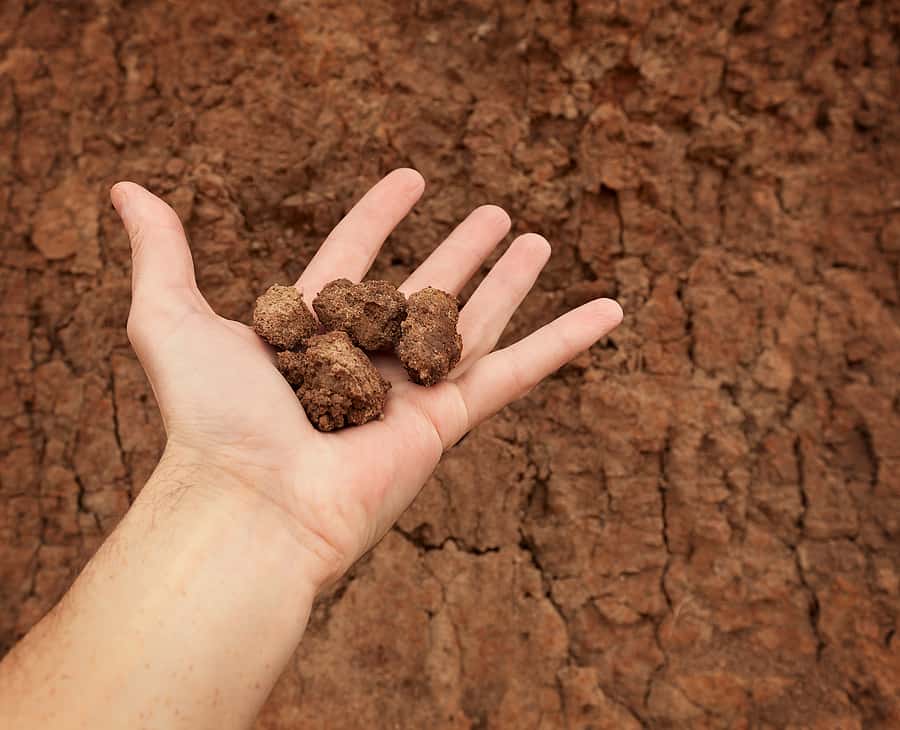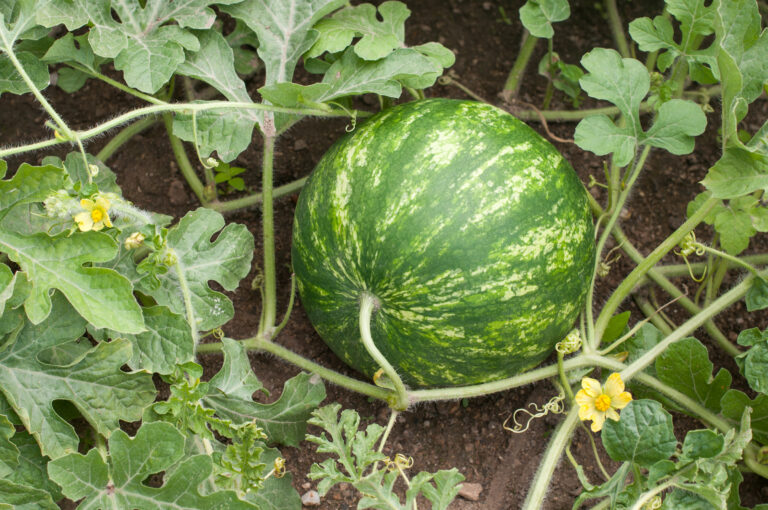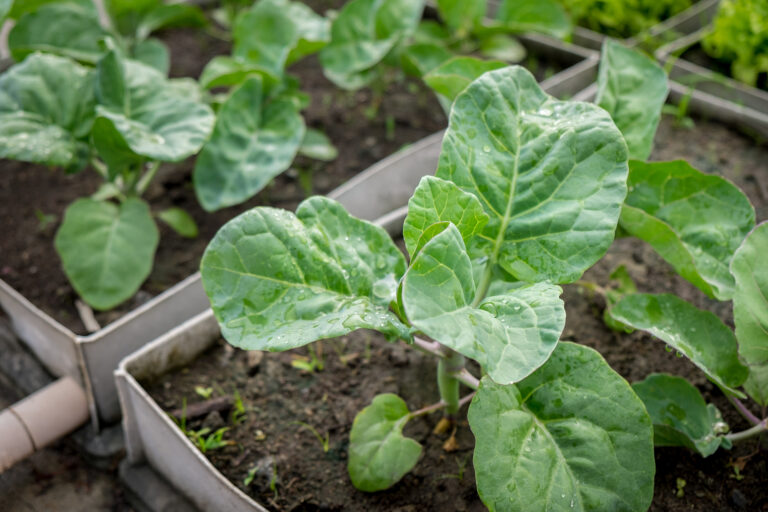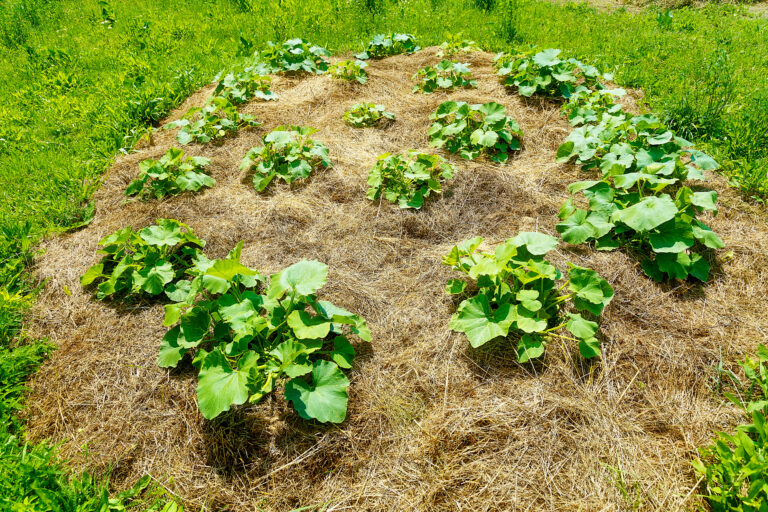How to Improve Clay Soil

Clay soils are too wet or too dry, slow to drain, slow to warm in the spring, and slow to release nutrients to plant roots. The best way to improve clay soil is to add several inches of organic matter such as aged compost to planting beds regularly—at least twice a year–and work it into the soil to a depth of 4 to 6 inches.
Clay soil is made up of very fine mineral particles from many different rock types; these fine, thin, flat particles easily compact. While the minerals in clay soil can be used for plant growth, the particles are so fine that they stick to each other leaving very little room for plant roots to grow and thrive. A mix of soil moisture, oxygen, and minerals is important for the chemical reactions necessary for nutrients to be drawn up by plant roots.
The best soil for plant growth is a mixture of sand, silt, clay, and organic matter—this type of soil is called loam. The best loam should be about 50 percent mineral and organic matter and 50 percent space between the solids. (The space should be half filled with water and half oxygen for optimal plant growth). The mix of minerals and organic materials form granules or aggregates which act like a slow-release fertilizer for plants.
Clay soil feels slippery soft like cold butter. There is almost no granularity to clay soil. Water adheres to the flat surface of clay particles and is very slow to drain away. The lack of space between clay particles keeps clay soil from warming along with the air temperature in spring.
Soil squeeze test: To test for clay soil, give your soil the squeeze test: pick up a handful of soil and squeeze it. Clay soil will form a solid dense ball. (Sandy soil will slip through your fingers; loamy soil will hold together without packing densely.)
How to Improve Clay Soil:
Add organic matter. To improve clay soil—or any soil, add organic matter. Aged compost, leaf mold, or aged manure will improve the texture of clay soil aiding drainage and aeration. Organic matter will make clay soil healthier. (Organic matter is rich in bacteria and other microorganisms that contribute to the process of decomposition which helps enrich the soil.)
Add organic matter at least two inches thick over the soil and work it in to a depth of 4 to 6 inches. You can use aged compost from your compost pile or bagged compost or planting mix available at garden centers. To rapidly improve your garden soil, add organic matter twice a year—first in spring about two weeks before you plan to plant and again in the fall after you have harvested your final crops. If you garden year-round, add organic matter to your planting beds as a side-dressing—spreading it around each crop and along planting rows.
Sheet composting. If turning the soil is too difficult, spread the organic matter over the soil and let the rain and irrigation work it into the soil; no spading is necessary. (Sheet composting is a simple way to add compost to your planting beds: spread leaves, manure, grass clipping, garden waste, and kitchen waste directly on the planting bed and turn it under.)
Peat moss. (Note: peat moss is a non-renewable resource and is not sold in many countries.)Peat moss will improve the structure of clay soil, but peat moss is generally quite acidic so limestone should be added as well (about five pounds per 100 square feet). To cover a planting bed 10 x 10 feet (100 square feet) to a depth of 2 inches you will need 18 cubic feet of organic matter (1 cubic yard equals 27 cubic feet); to cover the same planting bed to a depth of 4 inches, you will need 35 cubic feet.
Grow organic matter. Another way to improve clay soil is to grow organic matter. Sow a cover crop (a crop to cover your planting bed when you are not growing vegetables) and then till it under when it is several inches tall. Cool-weather cover crops include crimson clover, vetches, rye, and buckwheat. Warm-weather cover crops include cowpeas, soybeans, millet, and Sudan grass. Be sure to turn under cover crops while they are still succulent.





